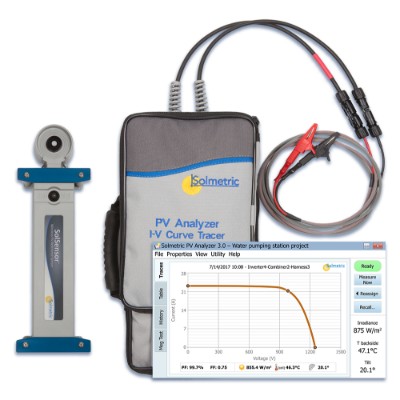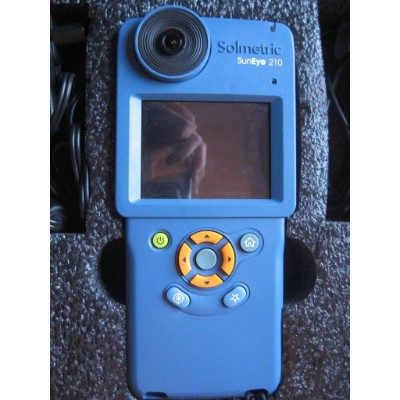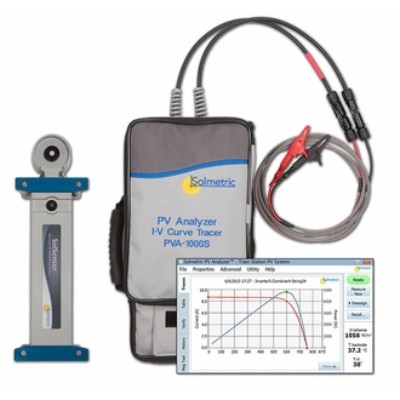Solar Power Clamp
The Solar Power Clamp is a feature-packed Power Analyzer designed to enable efficiency measurements, troubleshooting and maintenance of photovoltaic systems.
The Solar Power Clamp is especially designed for installers and technicians interested in power measurement and analysis on AC & DC systems and carrying out diagnostic checks.
In order to ensure the maximum yield from a PV system it is important to check the efficiency of the conversion of DC power generated by the PV modules to AC power fed into the electrical installation. Efficiency is determined by measurement of both the voltage and current on the DC and AC sides of the inverter and using the measured values to calculate the DC and AC power. Alternatively, the DC or AC power can be measured directly on either side of the inverter in seconds using the Seaward Solar Power Clamp. The Power Clamp simply clips over the cable to measure current and the supplied in-line connectors can be used to measure the DC voltage whilst the PV modules are connected to the inverter, giving an accurate true RMS reading of the power whilst the system is operational.
The Solar Power Clamp can be used when installing a PV system to ensure the inverter is operating correctly or for maintenance and troubleshooting on the PV system after commissioning. If a PV system isn't generating the expected level of power under known irradiance and temperature conditions, this may indicate a fault with one or more components in the system.
Similarly, the presence of harmonics on the AC output of an inverter may indicate a fault within the inverter. In addition to power and efficiency measurements, the harmonic analysis function of the Solar Power Clamp can be used as a means of detecting faults within the inverter.As PV systems have a lifetime of over 25 years, periodic inspection and testing is necessary to ensure that they are operating efficiently. Most inverters have a lifetime much shorter than that of the entire system and so require particular attention as part of system inspection and testing, to ensure optimal system return on investment and power output.
- DC power measurement
- AC and AC+DC true continuous power (RMS) reading
- Power Factor
- Total harmonic distortion and harmonics 1 - 25
- Phase rotation indication
- Measure current and voltage
- Smart data hold and peak hold
- Non-contact voltage indicator




